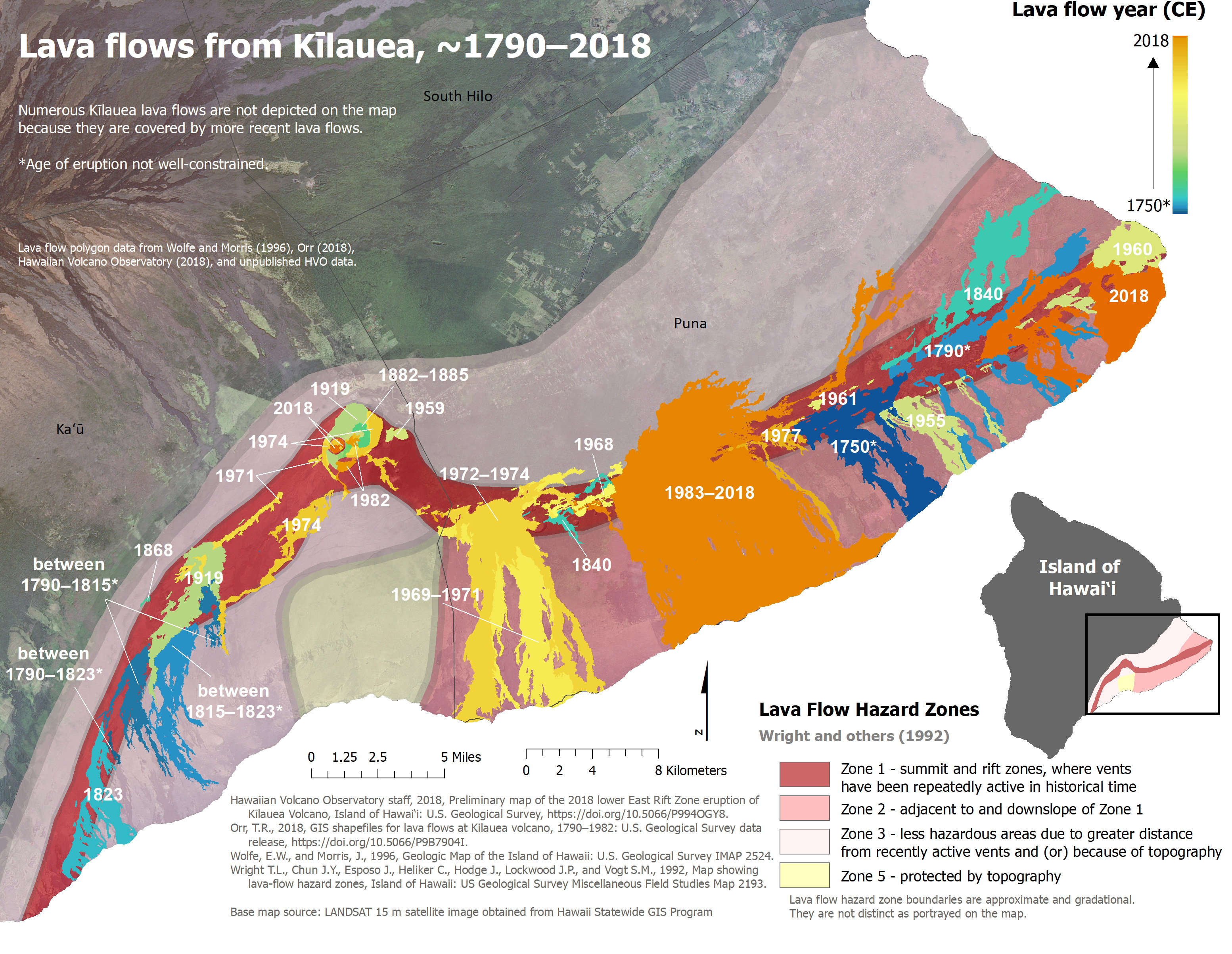

He also wants assurances that people who insist on staying in high hazard zones understand that the government won’t bail them out later. You should build a house wherever you want, understanding whatever hazards are in the neighborhood, and deal with it,” he said. “As a taxpayer, my question is, why do I need to pay for the stupid arrogance of others? I shouldn’t have to pay for that. The eruptions are “not something that happens every 500 years.”Ĭamara, an outspoken author and blogger, has approached a variety of county officials over the years to urge them to stop allowing development in the highest risk areas classified as Zone 1. “I understand it’s a really difficult problem, but there has to be a way to stop it - just an ‘enter at your own risk’ sort of thing,” he said. People should not be building down there, and as I have pointed out repeatedly in the past, every eruption and lava flow that happens incurs more and more costs to the citizenry, because there is more and more development,” he said. Bobby Camara, who was born and raised on the Big Island and studied the history of local eruptions, is one. Do you want to be the person stealing someone’s American dream, what they’ve earned?” Roth added: “Like many things in this job, it’s not just a simple yes or no.”īut the county’s longstanding policy of allowing development in high-hazard zones - and even helping it along by rebuilding roads in high-risk areas after the roads have been destroyed by flows - has critics. “There’s some people that that’s their piece of the American dream, and so it’s difficult separating all these facts out. They own stuff because the county has given them this opportunity. Should they have allowed what they allowed in Puna, back when they did? No. Of the large subdivisions, he said, “Hindsight is always 20-20. “In this position, you have a duty to everybody in the county,” he said.

Hawaii County Mayor Mitch Roth said Monday he has mixed feelings about the idea of restricting or blocking development on the lands that are most at risk from eruptions. State and county officials authorized subdivisions of many thousands of lots in many of those risky areas 50 or 60 years ago, and those subdivisions now offer some of the most affordable land and housing in the state. Chelsea Jensen/West Hawaii Today via AP/2022Īnd this problem is largely of the county’s own making. The movement of the flow away from the southwest rift zone, offers a reprieve to homes in that high-risk area. Monday, as seen from the Gilbert Kahele Recreation Area on Saddle Road. Lava pours out of the northeast rift zone Mauna Loa about 6:35 a.m. People still buy and sell land in the riskiest areas, and land owners can still obtain county building permits to construct homes there. There has been talk of banning development in the highest-risk lava zones in the past, but that talk never translated into much action. Those are the riskiest areas that are smack on the volcanic rift zones. Sunday marked the first time Mauna Loa volcano has erupted since 1984, but county officials are once again facing a situation where lava could threaten housing that has sprung up over the years in what is known as Lava Zone 1. Hawaii County is still in the process of buying up properties affected by the last devastating eruption of Kilauea volcano, which destroyed more than 700 homes in the Leilani Estates and Kapoho areas in 2018.īefore that disaster, the Kilauea flows destroyed Kalapana in 1990, and before that was the loss of Kapoho village in 1960. But the new eruption reopens old questions about where development should be allowed, and under what conditions. Lava from the Mauna Loa eruption was apparently headed away from homes in the volcano’s southwest rift zone Monday, offering at least a temporary reprieve to property owners in Hawaiian Ocean View Estates and other areas that are most at risk.


 0 kommentar(er)
0 kommentar(er)
